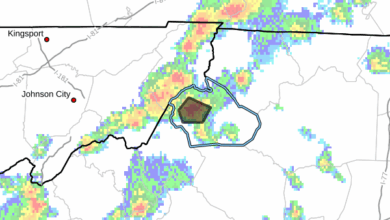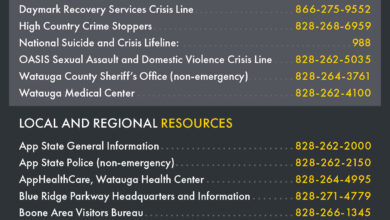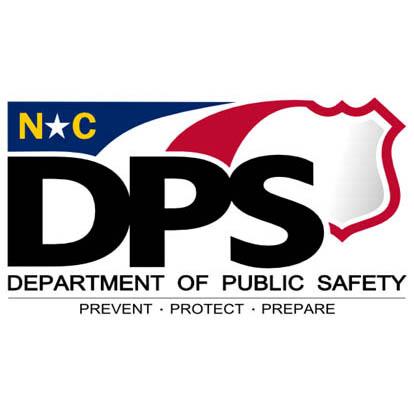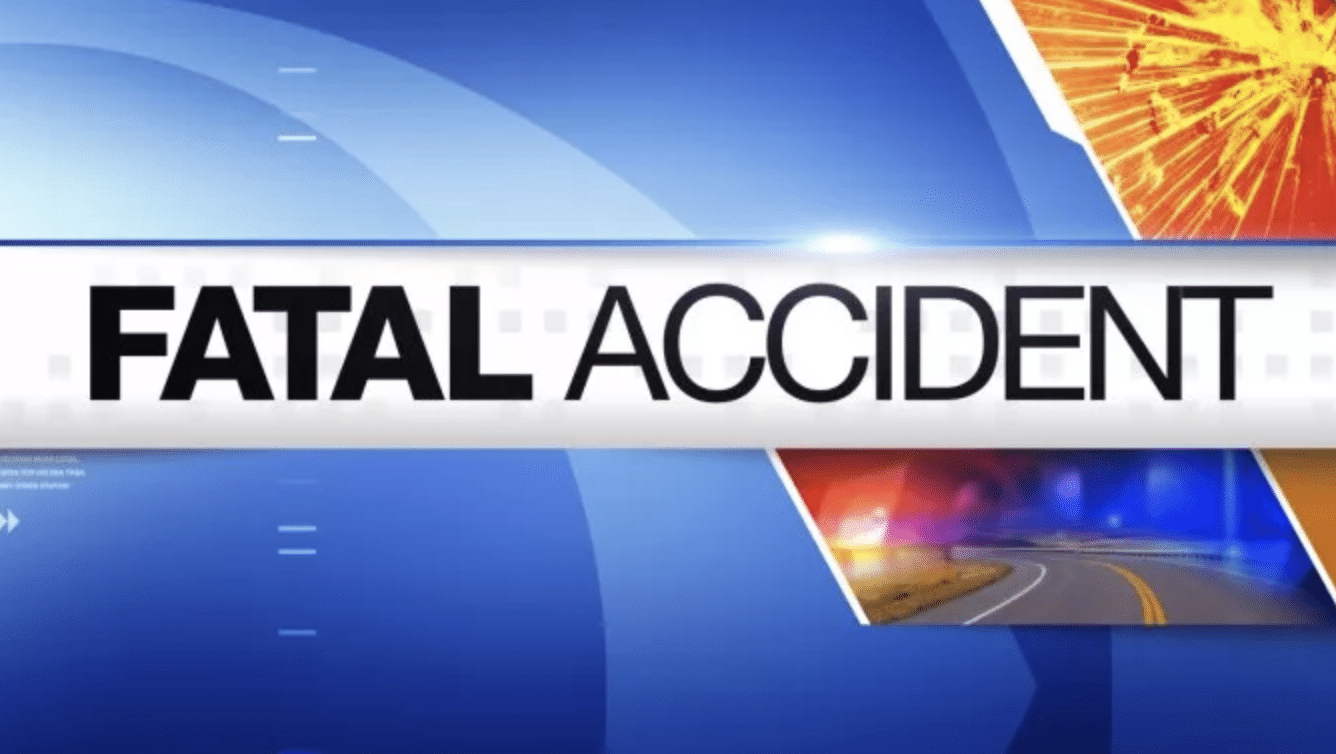Last Updated on March 7, 2016 1:10 pm
In advance of spring when unpredictable weather tends to affect North Carolina, Governor Pat McCrory has declared March 6-12 Severe Weather Preparedness Week in North Carolina. He cautions North Carolinians to prepare for severe weather and urges residents to have an emergency supplies kit in their home.
“As we enter peak severe storm season, the uncertainty we’ve experienced this winter highlights that we need to be ready for whatever nature throws our way,” Governor McCrory said. “It’s critical to have emergency plans in place, practice them, put together an emergency supply kit and listen for weather alerts.”
Schools and government buildings statewide will hold tornado drills Wednesday, March 9, at 9:30 a.m. to practice their emergency plans. Test messages will be broadcast on National Oceanic and Atmospheric Administration weather radios and the Emergency Alert System. All North Carolinians are encouraged to participate in the drill.
In 2015, the National Weather Service (NWS) issued 25 tornado warnings for North Carolina and recorded nine tornadoes. There were 98 flash flood warnings issued last year and 133 incidents of flash flooding across the state. In addition, the NWS issued more than 528 severe thunderstorm warnings, and recorded more than 542 incidents of severe thunderstorms with damaging winds and/or large hail. Combined, severe storms, flash flooding and tornadoes caused nearly $12.5 million in damages.
While spring and late fall are typically peak tornado season, severe thunderstorms and tornadoes can happen at any time of the year as much of the state saw first-hand when tornadoes touched down more than a week ago.
Tornadoes usually form during heavy thunderstorms when warm, moist air collides with cold air. These storms can also produce large hail and strong, damaging winds.
Emergency Management officials recommend having a weather radio that broadcasts NWS alerts when severe weather threatens. Many North Carolina tornado fatalities have occurred at night when people are asleep and less likely to receive a warning without a weather radio.
Emergency officials recommend people use the following safety tips:
- Know the terms: WATCH means a tornado is possible. WARNING means a tornado has been spotted; take shelter immediately.
- Know where the nearest safe room is, such as a basement or interior room and away from windows, and go there immediately if you hear or see a tornado.
- If driving, you should leave your vehicle immediately to seek safety in an adequate structure. Do not try to outrun a tornado in your vehicle, and do not stop under an overpass or a bridge.
- If you are outdoors, and there is no shelter available, take cover in a low-lying flat area. Watch out for flying debris.
- Following a storm, wear sturdy shoes, long sleeves and gloves when walking on or near debris, and be aware of exposed nails and broken glass.
- Be aware of damaged power or gas lines and electrical systems that may cause fires, electrocution or explosions.
To read Governor McCrory’s proclamation, click here.
More information on tornadoes and overall emergency preparedness can be found in the ReadyNC mobile app and online at ReadyNC.org.

















